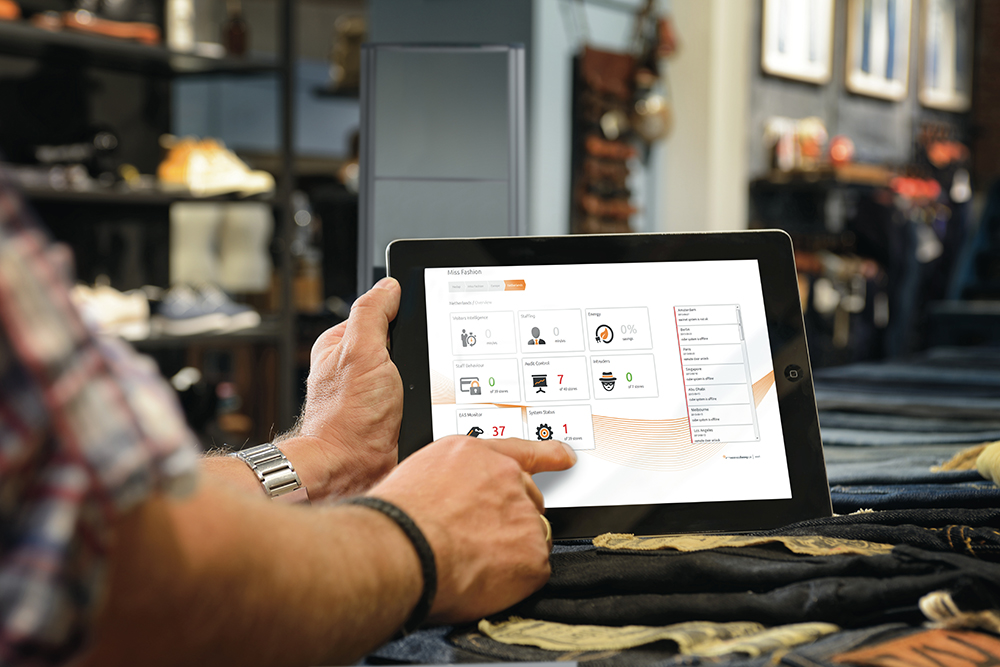Analytics revealing opportunity for retail

E-commerce, virtual reality and chatbots night be the flash new terms of the retail world, but behind the scenes it’s simple data and analytics that are delivering a host of new opportunities to bricks and mortar retail.
From counting customers, to watching what they pick up and put down, modern retail features a smorgasbord of data collection that allows retailers to better hone the customer experience and tailor items for sale.
And as Forbes explains, it’s becoming a valuable tool in the real world retail realm.
“Big Data analytics is now being applied at every stage of the retail process – working out what the popular products will be by predicting trends, forecasting where the demand will be for those products, optimizing pricing for a competitive edge, identifying the customers likely to be interested in them and working out the best way to approach them, taking their money and finally working out what to sell them next.”
Here’s a breakdown of the major data collection points that are transforming the retail world.
Traffic counting
One of the most simple data collection methods available, traffic counting allows retailers to ascertain exactly how many people enter their store at what time, and then analyse how this converts to sales.
It can provide retailers with a wealth of information including foot traffic comparisons across stores at different locations, traffic at varying times of the day, and conversions under different sales staff.
This in turn enables better store management allowing retailers to focus on promotions, staffing levels, and training to convert walk-ins to sales.
Importantly, traffic counting can often easily be incorporated into existing or new store security with options like CrossPoint and Nedap electronic article surveillance that feature theft detection, counting and online reporting.
And according to major Australian retailer Sportsco, who rolled out CrossPoint analytics at a series of their stores, it’s a system with benefits to management as a whole.
“We have been able to determine that some stores are underperforming by comparing the average visitors with the sales for that store against comparative stores. This allows management and/or franchisees to work with their staff to help improve conversion rates.”
Heat mapping
A step beyond traffic counting is heat mapping that uses cameras to show retailers exactly where customers go within the store.
As Business Insider explains the technology allows retailer to track “what you touch, what you ignore, and where you walk, so they can optimise store layouts like never before. They do it by using real-time imaging to track your movements, and then turn that info into heat maps. It’s a data-intensive approach to an age-old question: what do customers buy?
CNN further notes heat mapping “helps managers analyse which areas of the sales floor best catch a shopper’s attention and which are overlooked. The heat mapping is so specific, it can tell which items on a table got the most attention from consumers.
“By aligning that data with sales, managers can see if shoppers lingered in a specific area, showing they were attracted to an item but didn’t find it enticing enough to buy. Retailers can then determine whether the issue was missing sizes, pricing, quality or something else.
RFID
RFID tagging has long been renowned for its ability to track items anywhere, anytime, but its usage goes far behind the security and inventory realm. Increasingly retailers are using RFID to analyse exactly what consumers do with items.
At a wine shop in Germany, management uses RFID and tablets to hone the consumer experience, explains Forbes.
Prospective buyers enter their preferences into a kiosk and then viable options light up on a shelf. While offering convenience to the consumer, this interaction also allows the retailer to accumulate data from the interaction.
“A read on ‘dwell time’ is triggered by the bottle being lifted and examined, as well as how long the customer studies the wine detail that appears on the accompanying digital device helping shoppers make their decision,” Forbes notes.
“Empowered by data on what products consumers considered and deliberated over most, retailers are better able to pinpoint what characteristics of the merchandise is converting the sale.”
mPOS
Meanwhile mobile Point of Sale also features a host of analytics of its own, ranging from sales reporting to customer payment methods and more.
Combined with traffic counting, heat mapping and RFID, it allows retailer to form a comprehensive picture of when a store experiences traffic, where consumers turn their attention, what’s inspiring them to buy, when and how they’re choosing to pay or respond to promotions.
The final word
With its data driven environment, internet shopping has long been the beneficiary of consumer analytics, but increasingly real world retail is harnessing a similar power. Data and analytics may not be trendy, but the insight they provide can be worth their weight in gold.